Home>Articles>Why Is My Dishwasher Soap Dispenser Not Opening
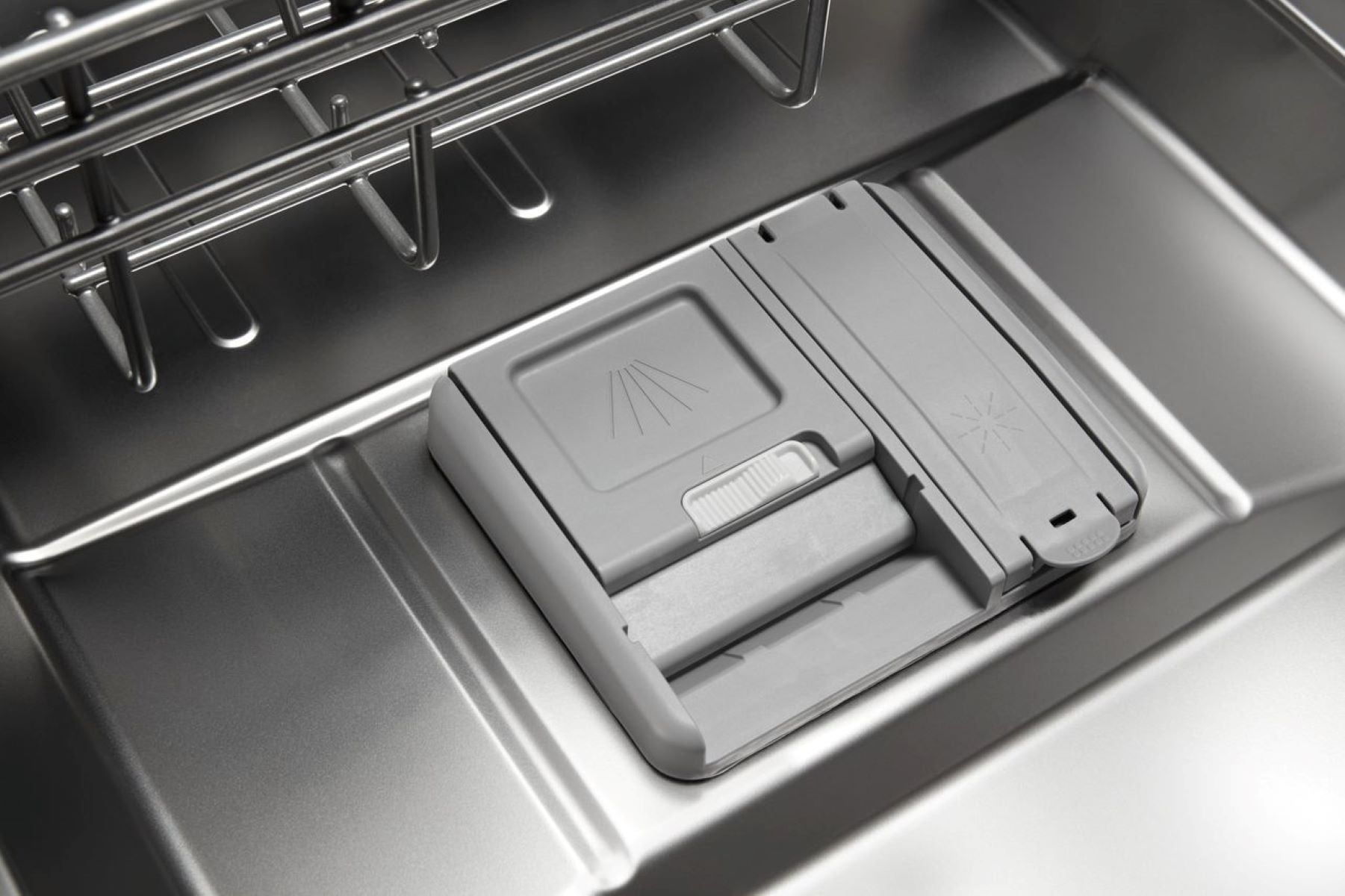

Articles
Why Is My Dishwasher Soap Dispenser Not Opening
Modified: March 2, 2024
Discover why the dishwasher soap dispenser doesn't open and find helpful articles on how to troubleshoot and fix the issue.
(Many of the links in this article redirect to a specific reviewed product. Your purchase of these products through affiliate links helps to generate commission for Storables.com, at no extra cost. Learn more)
Introduction
Having a dishwasher at home is a convenient and time-saving appliance that helps with the tedious task of washing dishes. However, when the dishwasher soap dispenser fails to open during the wash cycle, it can be frustrating and perplexing. If you’ve encountered this issue, you’re not alone. Many people wonder why their dishwasher soap dispenser isn’t opening and how to fix it.
The soap dispenser in a dishwasher releases detergent at the appropriate time during the wash cycle to ensure clean and spotless dishes. When the dispenser fails to open, it leaves the dishes with residue and renders the washing process ineffective. There could be several reasons behind this problem, from a jammed dispenser to incorrect loading techniques or even water temperature issues.
In this article, we will explore the possible reasons why your dishwasher soap dispenser isn’t opening and provide troubleshooting steps to help you resolve the issue. By understanding the causes and implementing the necessary solutions, you can get your dishwasher back to its optimal functionality and enjoy sparkling clean dishes once again.
Next, we will delve into the possible reasons for a dishwasher soap dispenser not opening and how to troubleshoot each one effectively. By addressing these issues, you can assess which one might be affecting your dishwasher and take appropriate action to resolve it. Let’s dive in and explore the potential causes together.
Key Takeaways:
- Keep your dishwasher soap dispenser functioning smoothly by regularly cleaning the dispenser area, checking for mechanical obstructions, and adjusting dish loading techniques to prevent clogs and ensure proper detergent release.
- Ensure optimal dishwasher performance by maintaining proper water temperature, addressing mechanical faults, and following loading guidelines to prevent obstructions, resulting in spotless dishes after each wash cycle.
Read more: How To Open Soap Dispenser
Possible Reasons for Dishwasher Soap Dispenser Not Opening
There are several common reasons why your dishwasher soap dispenser may not be opening during the wash cycle. Understanding these potential causes can help you diagnose and troubleshoot the issue effectively. Let’s take a closer look at each one:
1. Dispenser Jammed: One of the primary reasons for a non-opening soap dispenser is a jammed mechanism. Over time, food particles, hardened detergent, or debris can accumulate in the dispenser, preventing it from operating smoothly. This blockage can hinder the release of detergent, causing the dispenser door to remain closed.
2. Faulty Dispenser Mechanism: Another possibility is that the dispenser mechanism itself is faulty. This could be due to a broken latch, a worn-out spring, or a malfunctioning motor. A defective dispenser assembly can hinder the proper functioning of the soap dispenser, leading to it not opening during the wash cycle.
3. Incorrect Loading of Dishes: Believe it or not, the way you load your dishes can impact the functioning of the soap dispenser. When dishes are stacked too closely or obstruct the dispenser area, it can prevent the dispenser door from opening. Ensure that you leave enough space around the dispenser for it to function properly.
4. Clogged Dispenser: A clogged soap dispenser can also be a culprit. Hard water deposits, dried detergent, or other residue can accumulate in the dispenser over time, obstructing the dispenser door from opening. Regular cleaning and maintenance can help prevent clogs and keep the dispenser functioning effectively.
5. Water Temperature Issues: Dishwashers rely on hot water to dissolve the detergent and activate the cleaning process. If the water temperature is too low, it can impact the proper functioning of the soap dispenser. Make sure the water heater is set to a suitable temperature for optimal dishwasher performance.
By identifying the possible reasons behind your dishwasher soap dispenser not opening, you can proceed with troubleshooting steps to resolve the issue. In the next section, we will discuss some practical steps you can take to fix the problem and get your dishwasher back on track. Let’s explore these troubleshooting measures together.
Dispenser Jammed
One of the most common reasons for a dishwasher soap dispenser not opening is a jammed mechanism. Over time, residue, food particles, and detergent buildup can accumulate in the dispenser, causing it to become obstructed. This blockage prevents the dispenser door from opening during the wash cycle, leading to ineffective cleaning.
To troubleshoot a jammed soap dispenser, follow these steps:
1. Begin by unplugging the dishwasher or turning off the power supply to ensure safety.
2. Open the dishwasher door and locate the soap dispenser. It is usually located on the inside of the door, near the top.
3. Remove any visible debris or buildup around the dispenser area. Use a soft cloth or sponge to clean the surface thoroughly. Be careful not to use abrasive materials or sharp objects that could damage the dispenser or the dishwasher itself.
4. Gently press on the dispenser door to check if it moves freely. If it feels stuck or difficult to move, there may be a more significant blockage inside the mechanism.
5. To access the inner components of the dispenser, consult your dishwasher’s user manual for specific instructions. In some models, you may need to remove screws or other parts to reach the dispenser mechanism.
6. Once you have access to the dispenser mechanism, examine it for any visible blockages. Use a soft brush or toothbrush to clean away any residue or debris that may be causing the jam.
7. After cleaning the dispenser, manually test its operation. Close the dishwasher door and select a wash cycle. Watch closely to see if the dispenser door opens as it should. If it still fails to open, there may be an underlying mechanical issue that requires professional assistance.
8. If the dispenser door opens successfully during the test, run a full wash cycle with detergent to ensure that the problem is resolved. Monitor the dishwasher’s performance to verify that the dispenser consistently opens without any issues.
By cleaning and troubleshooting a jammed dispenser, you can often resolve the issue and restore the proper functioning of your dishwasher soap dispenser. However, if the problem persists or if you are unsure about handling the appliance’s internal components, it is recommended to seek professional assistance from a dishwasher repair technician.
Faulty Dispenser Mechanism
If your dishwasher soap dispenser fails to open even after ensuring that there are no blockages, the issue might lie with a faulty dispenser mechanism. The dispenser mechanism includes various components such as a latch, spring, motor, or solenoid that work together to release the detergent during the wash cycle. Any malfunction in these parts can cause the dispenser door to remain closed.
To address a faulty dispenser mechanism, follow these troubleshooting steps:
1. Begin by turning off the dishwasher and cutting off its power supply to ensure safety.
2. Open the dishwasher door and locate the soap dispenser. Depending on the dishwasher model, it can be located on the inside of the door or the side panel.
3. Carefully inspect the dispenser mechanism for any visible signs of damage, such as a broken latch or worn-out springs. If you notice any faults, you may need to replace those specific components. Consult your dishwasher’s user manual or contact the manufacturer for information on obtaining the necessary replacement parts.
4. If there are no apparent issues with the external components, the problem might reside within the motor or solenoid. In this case, it is advisable to seek professional assistance from a dishwasher repair technician who has the expertise to diagnose and repair internal mechanical faults.
5. During the troubleshooting process, it is essential to thoroughly clean the dispenser area and remove any residue or debris that may be hindering the mechanism’s proper operation. Use a soft cloth or brush to clean the dispenser thoroughly, ensuring that there are no leftover detergent or food particles.
6. After cleaning, test the dispenser by running a wash cycle with detergent. Observe closely to see if the dispenser door opens as it should. If the issue persists, it is likely a more significant mechanical problem that requires professional repair.
It is worth mentioning that attempting to repair the internal components of a dishwasher without the necessary expertise can cause further damage to the appliance. Therefore, if you suspect a faulty dispenser mechanism, it is best to contact a professional technician who can assess the issue accurately and provide the appropriate solution.
By addressing a faulty dispenser mechanism, you can restore the proper functioning of your dishwasher and ensure that the soap dispenser opens when required during the wash cycle.
Incorrect Loading of Dishes
Believe it or not, the way you load your dishes can have a significant impact on whether or not the dishwasher soap dispenser opens during the wash cycle. Incorrect loading techniques can obstruct the dispenser area, preventing the dispenser door from opening and releasing the detergent properly. Here are some tips to ensure proper dish loading and prevent dispenser-related issues:
1. Provide Adequate Space: When loading dishes, ensure that there is enough space around the dispenser area. Avoid placing larger dishes or utensils directly in front of the dispenser, as they can block the door from opening. Leave sufficient clearance for the dispenser to operate smoothly.
2. Avoid Overloading: Overloading the dishwasher not only compromises the cleaning performance but can also interfere with the dispenser’s functioning. When the dishwasher is too full, dishes may press against the dispenser, making it difficult for the door to open. Load the dishwasher with caution, leaving enough room for water and detergent to circulate freely.
3. Follow Loading Guidelines: Refer to your dishwasher’s user manual for specific loading instructions. Some dishwashers have designated areas or racks for placing soap tablets or pods. Make sure to load the detergent in the recommended location to ensure proper dissolution and release.
4. Secure Loose Items: Ensure that loose lids, lightweight bowls, or utensils are securely placed to avoid shifting during the wash cycle. These items can inadvertently block the dispenser if they move around or get dislodged.
5. Arrange Dishes Properly: Place dishes and utensils in an organized manner with larger items at the back and smaller items towards the front. This arrangement prevents items from obstructing the dispenser area and enables proper alignment for the dispenser door to open.
By following these loading techniques, you can prevent obstructions and allow the dishwasher soap dispenser to open effectively, ensuring proper cleaning and detergent release. It is a simple yet often overlooked aspect that can significantly impact the functionality of the dispenser.
Remember, proper dish loading not only ensures the optimal performance of the dishwasher but also enhances the longevity of the appliance by reducing the potential for mechanical issues. By taking a little extra care and paying attention to how you load the dishes, you can avoid unnecessary problems with the soap dispenser and enjoy perfectly clean dishes after each wash cycle.
Clogged Dispenser
A clogged dishwasher soap dispenser can be another reason why it fails to open during the wash cycle. Over time, detergent residue, hard water deposits, and food particles can accumulate in the dispenser, obstructing the dispenser door’s smooth operation. To address a clogged dispenser, follow these troubleshooting steps:
1. Turn off the dishwasher and disconnect its power supply for safety.
2. Open the dishwasher door and locate the soap dispenser. Depending on the model, the dispenser can be found on the inside of the door or the side panel.
3. Inspect the dispenser for visible signs of buildup or clogs. Use a flashlight to get a better view of the inside. If you notice any residue, hardened detergent, or debris, it’s likely causing the clog.
4. To clean the dispenser, prepare a mixture of warm water and mild dish soap. Dip a soft brush or sponge into the soapy solution and gently scrub the dispenser’s interior, paying close attention to the areas around the door hinge and latch.
5. For stubborn buildup, you can also use a toothpick or a small brush to dislodge the clogged debris carefully. Be gentle to avoid damaging any delicate components.
6. Rinse the dispenser thoroughly with clean water to remove any remaining soap or debris.
7. After cleaning, test the dispenser’s operation by running a wash cycle with detergent. Monitor closely to see if the dispenser door opens as it should. If the issue persists, there may be an underlying mechanical problem or a more severe clog that requires professional assistance.
Preventing future clogs:
To prevent clogs in the soap dispenser, follow these preventive measures:
1. Scrape Plates: Scrape off excess food particles from plates and utensils before loading them into the dishwasher. This will help minimize the amount of debris that enters the dispenser.
2. Rinse Dishes: Rinse dishes before placing them in the dishwasher. This can help remove any stubborn residue or debris that could potentially clog the dispenser.
3. Use High-Quality Detergent: Opt for high-quality dishwasher detergents that are less likely to leave behind excessive residue or cause buildup in the dispenser.
4. Regular Maintenance: Periodically check the dispenser for any signs of residue buildup or clogs. It’s good practice to clean it every few months or as needed.
By regularly cleaning and maintaining the dishwasher soap dispenser, you can prevent clogs and ensure that the dispenser opens smoothly during the wash cycle. This will result in effective detergent release and cleaner dishes.
Water Temperature Issues
The water temperature in your dishwasher plays a crucial role in properly dissolving the detergent and activating the cleaning process. If the water temperature is too low, it can impede the detergent’s effectiveness and hinder the proper functioning of the soap dispenser. Here’s what you can do to address water temperature issues:
1. Check the Water Heater: Ensure that your hot water heater is set to an appropriate temperature for optimal dishwasher performance. The recommended temperature is usually between 120°F (49°C) and 140°F (60°C). It’s important to note that extremely high temperatures can damage delicate dishes or appliances, so find the right balance for your needs.
2. Run Hot Water Before Starting the Dishwasher: To ensure that your dishwasher starts with hot water, run the kitchen faucet until you feel a steady flow of hot water. This helps to ensure that the dishwasher uses hot water from the beginning, increasing the effectiveness of the detergent and promoting proper dispenser operation.
3. Inspect the Water Inlet Valve: The water inlet valve controls the flow of water into the dishwasher. If it is malfunctioning or partially blocked, it can affect the water temperature and impact the proper functioning of the soap dispenser. Inspect the valve for any signs of damage or debris. If you notice any issues, it may be necessary to replace the valve or seek professional assistance.
4. Check for Cold Water Supply Issues: If your dishwasher only receives cold water, it will struggle to reach the necessary temperature for optimal detergent dissolving. Ensure that the dishwasher is connected to a hot water supply and that there are no issues with the plumbing or water lines.
5. Repair or Replace Faulty Components: If you suspect that a faulty component, such as a heating element or thermostat, is causing water temperature issues, it is best to contact a professional dishwasher repair technician. They can accurately diagnose the problem and recommend the appropriate repair or replacement.
Ensuring the proper water temperature in your dishwasher is crucial for effective cleaning and detergent activation. By addressing any water temperature issues, you can improve the overall performance of your dishwasher, including the functioning of the soap dispenser.
It’s important to note that dishwasher models may vary in their heating capabilities or detergent requirements. Refer to your dishwasher’s user manual for specific guidelines and recommendations regarding water temperature and detergent usage.
By troubleshooting and resolving any water temperature issues, you can enjoy clean, spotless dishes with an optimally functioning soap dispenser.
Check if the dispenser is blocked by dishes or utensils. Also, make sure the dispenser is not faulty or clogged with old soap residue. If the issue persists, consult a professional for repair.
Troubleshooting Steps to Fix the Dishwasher Soap Dispenser
If your dishwasher soap dispenser is not opening during the wash cycle, there are several troubleshooting steps you can take to resolve the issue. By following these steps, you can identify and address the underlying problem effectively. Here’s what you can do:
1. Clean the Dispenser Area: Start by unplugging the dishwasher or turning off the power supply. Open the dishwasher door and thoroughly clean the dispenser area. Remove any visible debris, residue, or clogs around the dispenser using a soft cloth or sponge.
2. Check for Mechanical Obstructions: Gently press on the dispenser door to ensure it moves freely without any obstruction. If it feels stuck or difficult to move, there may be a blockage inside the dispenser mechanism. Consult your dishwasher’s user manual to access the dispenser’s inner components and remove any debris or buildup that may be causing the obstruction.
3. Adjust Dish Loading Technique: Improper loading techniques can obstruct the dispenser area and prevent the door from opening. Ensure there is enough space around the dispenser and avoid placing large dishes or utensils directly in front of it. Arrange the dishes properly, leaving adequate clearance for the dispenser door to open.
4. Clear any Clogs in the Dispenser: A clogged dispenser can prevent the door from opening. Clean the dispenser area thoroughly, removing any residue, hardened detergent, or debris that may be causing the clog. Use a soft brush or toothbrush to scrub the dispenser and dislodge any stubborn buildup.
5. Ensure Proper Water Temperature: Check the water temperature settings on your dishwasher and ensure they are within the recommended range (usually between 120°F and 140°F). If the water temperature is too low, it can affect the detergent’s effectiveness and the dispenser’s functionality. Adjust the water heater if necessary and run hot water before starting the dishwasher to ensure it fills with hot water.
6. Run a Test Cycle: After performing the necessary troubleshooting steps, close the dishwasher door and run a test cycle with detergent. Monitor closely to see if the soap dispenser opens as it should during the wash cycle. If the issue persists, it may indicate a more significant problem that requires professional assistance.
Remember to consult your dishwasher’s user manual for specific instructions and guidelines related to your appliance model. If you are unsure about handling certain components, it is recommended to seek professional help from a dishwasher repair technician.
By following these troubleshooting steps, you can address common issues that may cause the dishwasher soap dispenser not to open. Restoring the proper functioning of the dispenser will ensure that your dishes are cleaned effectively and thoroughly during each wash cycle.
Clean the Dispenser Area
One of the first troubleshooting steps to fix a dishwasher soap dispenser that isn’t opening is to clean the dispenser area. Over time, residue, hardened detergent, and debris can accumulate in the dispenser, obstructing the door’s smooth operation. By following these steps, you can effectively clean the dispenser area:
1. Safety first: Ensure that the dishwasher is turned off and disconnected from the power supply before beginning any cleaning or maintenance process.
2. Open the dishwasher door: Gently open the door of the dishwasher, exposing the interior.
3. Locate the soap dispenser: The soap dispenser is typically located on the inside of the dishwasher door, near the top. It may be covered by a small lid or flap.
4. Remove any visible debris: Inspect the dispenser area for any visible debris or residue. Use a soft cloth or sponge to wipe away any buildup on and around the dispenser. Be cautious not to use abrasive materials or sharp objects that could damage the dispenser or other components.
5. Clean the dispenser door: Pay close attention to the dispenser door itself. Remove any residue or caked-on detergent using a soft brush or toothbrush. Gently scrub the door and its hinges to ensure smooth movement.
6. Check for clogs: Examine the dispenser for any clogs that might be hindering its operation. You can use a toothpick, small brush, or a pipe cleaner to carefully dislodge any debris that may be blocking the dispenser door. Be gentle to avoid damaging any delicate parts.
7. Rinse the dispenser: After cleaning and removing the debris, rinse the dispenser area with clean water. Use a damp cloth or sponge to wipe away any remaining residue or cleaning agents.
8. Run a test cycle: Close the dishwasher door and run a test cycle with detergent. Monitor closely to see if the soap dispenser opens as it should during the wash cycle. If the dispenser door still does not open, it’s possible that there may be other issues causing the problem.
Regular cleaning and maintenance of the dispenser area can help prevent future issues with the soap dispenser. Make it a habit to clean the dispenser at least once every few months, or as needed, to ensure proper functioning.
If the problem persists even after cleaning the dispenser area, it may be necessary to explore other troubleshooting steps or seek professional assistance from a dishwasher repair technician to diagnose and resolve the issue effectively.
Read more: How To Open A Soap Dispenser On The Wall
Check for Mechanical Obstructions
If your dishwasher soap dispenser isn’t opening, there might be a mechanical obstruction preventing its smooth operation. Various factors can contribute to obstructions within the dispenser mechanism, such as buildup, a broken latch, or a malfunctioning motor. By checking for and removing these obstructions, you can potentially fix the issue. Follow these steps to check for mechanical obstructions:
1. Ensure safety: Before starting any maintenance or inspection, make sure to turn off the dishwasher and disconnect it from the power supply to avoid any electrical accidents.
2. Open the dishwasher door: Gently open the door of the dishwasher, giving you access to the interior.
3. Locate the soap dispenser: The soap dispenser is typically situated on the inside of the dishwasher door, often near the top. Take a moment to familiarize yourself with its placement and design.
4. Inspect for visible obstructions: Look closely at the dispenser area for any visible obstructions, such as leftover detergent residue, food particles, or foreign objects. Use a soft cloth to wipe away any debris on and around the dispenser.
5. Press on the dispenser door: With caution, gently press on the dispenser door to test its movement. It should feel smooth and not be difficult to open. If it feels stuck or resists movement, there may be an obstruction within the mechanism.
6. Consult the user manual: Refer to the dishwasher’s user manual for instructions on accessing the dispenser mechanism. This may involve removing screws, panels, or other components to reach the inner working parts. Ensure you follow the manufacturer’s guidelines for disassembly carefully.
7. Clean the dispenser mechanism: Once you have access to the dispenser mechanism, examine it for any internal obstructions. Use a soft brush or toothbrush to gently remove any debris, residue, or hardened detergent that might be blocking the dispenser door from opening.
8. Reassemble and test: After cleaning, reassemble the dispenser mechanism and secure any components you may have removed. Close the dishwasher door and run a test cycle with detergent to observe if the soap dispenser opens properly.
By checking for mechanical obstructions and removing any debris or buildup within the dispenser mechanism, you can restore its functionality. However, if the dispenser still fails to open after troubleshooting, it may be necessary to consult a professional dishwasher repair technician to assess and fix any underlying mechanical issues.
Adjust Dish Loading Technique
Incorrect loading of dishes can contribute to the dishwasher soap dispenser not opening during the wash cycle. When dishes are loaded improperly, they can obstruct the dispenser area, preventing the soap dispenser door from opening. Adjusting your dish loading technique can help ensure proper dispenser operation. Follow these steps to adjust your dish loading technique:
1. Create space around the dispenser: When loading your dishwasher, ensure that there is enough space around the dispenser area. Avoid placing large plates, bowls, or utensils directly in front of the dispenser, as they can block the door from opening. Leave sufficient clearance for the dispenser to function smoothly.
2. Load dishes with care: Be mindful of how you place dishes in the dishwasher. Arrange them in an organized manner, with larger items at the back and smaller items towards the front. This arrangement helps prevent items from obstructing the dispenser area and allows for proper alignment of the dispenser door to open without any hindrance.
3. Avoid overloading: Overloading the dishwasher can affect the performance of the soap dispenser. When the dishwasher is overcrowded, dishes can press against the dispenser, making it difficult for the door to open. Ensure there is enough space between dishes for water and detergent to circulate freely.
4. Secure loose items: Ensure that loose lids, lightweight bowls, or utensils are securely placed to avoid shifting during the wash cycle. These items can inadvertently block the dispenser if they move around or get dislodged.
5. Refer to the dishwasher’s user manual: Different dishwasher models may have specific loading guidelines to promote effective detergent distribution and dispenser operation. Consult your dishwasher’s user manual for any recommendations or instructions related to dish loading techniques specific to your appliance.
6. Test the dishwasher’s performance: After adjusting your dish loading technique, close the dishwasher door and run a test cycle with detergent. Monitor the wash cycle closely to see if the soap dispenser door opens as it should. If the issue persists, there may be other underlying causes contributing to the problem.
By adjusting your dish loading technique, you can prevent dishes from obstructing the soap dispenser, allowing it to open as intended during the wash cycle. Proper loading also promotes efficient water and detergent distribution, resulting in cleaner dishes. Take the time to arrange your dishes thoughtfully, following the guidelines provided by your dishwasher’s manufacturer, to ensure optimal performance.
Clear any Clogs in the Dispenser
A clogged dishwasher soap dispenser can prevent the door from opening during the wash cycle. Clogs can occur due to residue buildup, hardened detergent, or food particles. Clearing any clogs in the dispenser can help restore its functionality. Follow these steps to clear clogs in the dispenser:
1. Safety precautions: Before performing any maintenance, turn off the dishwasher and disconnect it from the power supply to ensure your safety.
2. Open the dishwasher door: Gently open the door of the dishwasher, providing access to the dispenser area.
3. Identify the dispenser: Locate the soap dispenser in the dishwasher. It is usually positioned on the inside of the door, either on the top or the side.
4. Remove visible debris: Take a close look at the dispenser area for any visible debris or clogs. Use a soft cloth or sponge to wipe away any residue on and around the dispenser.
5. Clean the dispenser: Prepare a mixture of warm water and mild dish soap. Dip a soft brush or toothbrush into the soapy solution and gently scrub the dispenser’s interior. Pay attention to the areas around the door hinge and latch where clogs may accumulate.
6. Dislodge stubborn clogs: If there are stubborn clogs, use a toothpick, small brush, or pipe cleaner to carefully dislodge and remove the debris. Take caution not to damage any delicate parts while attempting to clear the clog.
7. Rinse the dispenser area: After cleaning, rinse the dispenser area with clean water to remove any remaining soap or debris. Use a damp cloth or sponge to wipe away any cleaning agents.
8. Run a test cycle: Close the dishwasher door and run a test cycle with detergent to check if the soap dispenser door opens as expected during the wash cycle. Monitor the dispenser’s operation closely to ensure it functions properly.
Preventing future clogs:
To prevent future clogs in the soap dispenser, consider the following preventive measures:
1. Pre-rinsing dishes: Rinse dishes before placing them in the dishwasher to remove any large food particles that could contribute to clogs.
2. Scrape plates: Scrape off excess food particles from plates and utensils before loading them into the dishwasher. This helps minimize the amount of debris that enters the dispenser.
3. Use high-quality detergent: Opt for high-quality dishwasher detergents that are less likely to leave residue or cause buildup in the dispenser.
4. Regular maintenance: Periodically check the dispenser for any signs of residue buildup or clogs. It’s good practice to clean it every few months or as needed.
By clearing any clogs in the dispenser and following preventive measures, you can ensure that the soap dispenser opens properly during the wash cycle, allowing for effective detergent release and cleaner dishes.
Ensure Proper Water Temperature
The water temperature in your dishwasher is crucial for effective cleaning and detergent activation. If the water temperature is too low, it can hinder the proper functioning of the soap dispenser. To ensure proper water temperature for your dishwasher, follow these steps:
1. Check the water heater settings: Verify that your hot water heater is set to a suitable temperature for optimal dishwasher performance. The recommended temperature is typically between 120°F (49°C) and 140°F (60°C). This range ensures that the water is hot enough to dissolve the detergent effectively and promote efficient cleaning.
2. Run the kitchen faucet: Before starting the dishwasher, run the hot water faucet in your kitchen for a few minutes. This helps to flush out the cold water from the pipes and ensure that the dishwasher fills with hot water from the beginning of the wash cycle.
3. Inspect the water inlet valve: The water inlet valve regulates the water flow into the dishwasher. If it is faulty or partially blocked, it can affect the water temperature and dispenser functioning. Inspect the valve for any signs of damage or debris. Consult your dishwasher’s user manual or contact a professional technician if you suspect any issues with the water inlet valve.
4. Verify the hot water supply: Check that your dishwasher is connected to a hot water supply. Verify that there are no issues with the plumbing or water lines providing hot water to the dishwasher. If you only have cold water connected to your dishwasher, it will struggle to reach the necessary temperature for effective detergent activation.
5. Repair or replace faulty components: If you suspect that a faulty component, such as a heating element or thermostat, is causing improper water temperature, it is best to consult a professional dishwasher repair technician. They can accurately diagnose the problem and recommend the appropriate repair or replacement.
Remember to refer to your dishwasher’s user manual for specific temperature recommendations and guidelines as different models may vary in their heating capabilities or detergent requirements.
By ensuring proper water temperature, you can optimize the performance of your dishwasher and promote the proper functioning of the soap dispenser. The right water temperature enables effective detergent dissolving and activation for thorough and efficient cleaning of your dishes.
Read more: How To Open A Soft Soap Dispenser
Conclusion
The dishwasher soap dispenser not opening during the wash cycle can be a frustrating problem to encounter. However, armed with the knowledge of possible causes and troubleshooting steps, you can effectively fix the issue and restore the optimal functionality of your dishwasher.
Throughout this article, we have explored the potential reasons behind a dishwasher soap dispenser not opening, including a jammed dispenser, faulty dispenser mechanism, incorrect dish loading, a clogged dispenser, and water temperature issues. By identifying these causes and following the appropriate troubleshooting steps, you can address the problem with confidence.
The troubleshooting steps covered cleaning the dispenser area, checking for mechanical obstructions, adjusting dish loading techniques, clearing any clogs in the dispenser, and ensuring proper water temperature. Each of these steps targets a specific aspect that could be contributing to the soap dispenser malfunction and offers practical solutions to resolve the issue.
Regular maintenance, such as cleaning the dispenser area, preventing clogs, and adjusting dish loading techniques, can help prevent future problems with the soap dispenser. By incorporating these practices into your dishwasher routine, you can improve the overall performance and longevity of your appliance.
However, it’s important to note that if the issue persists or if you are unsure about handling any mechanical or electrical components, it’s best to seek professional assistance from a dishwasher repair technician. They have the expertise and knowledge to diagnose and resolve more intricate problems and ensure that your dishwasher operates at its best.
In conclusion, a dishwasher soap dispenser not opening can be a common problem, but it doesn’t have to be a major issue. By following the troubleshooting steps outlined in this article, you can overcome the obstacle and enjoy the convenience of a fully functioning dishwasher with a soap dispenser that opens seamlessly during the wash cycle. So, roll up your sleeves, implement the solutions, and say goodbye to the frustration of a non-opening soap dispenser in your dishwasher.
Frequently Asked Questions about Why Is My Dishwasher Soap Dispenser Not Opening
Was this page helpful?
At Storables.com, we guarantee accurate and reliable information. Our content, validated by Expert Board Contributors, is crafted following stringent Editorial Policies. We're committed to providing you with well-researched, expert-backed insights for all your informational needs.
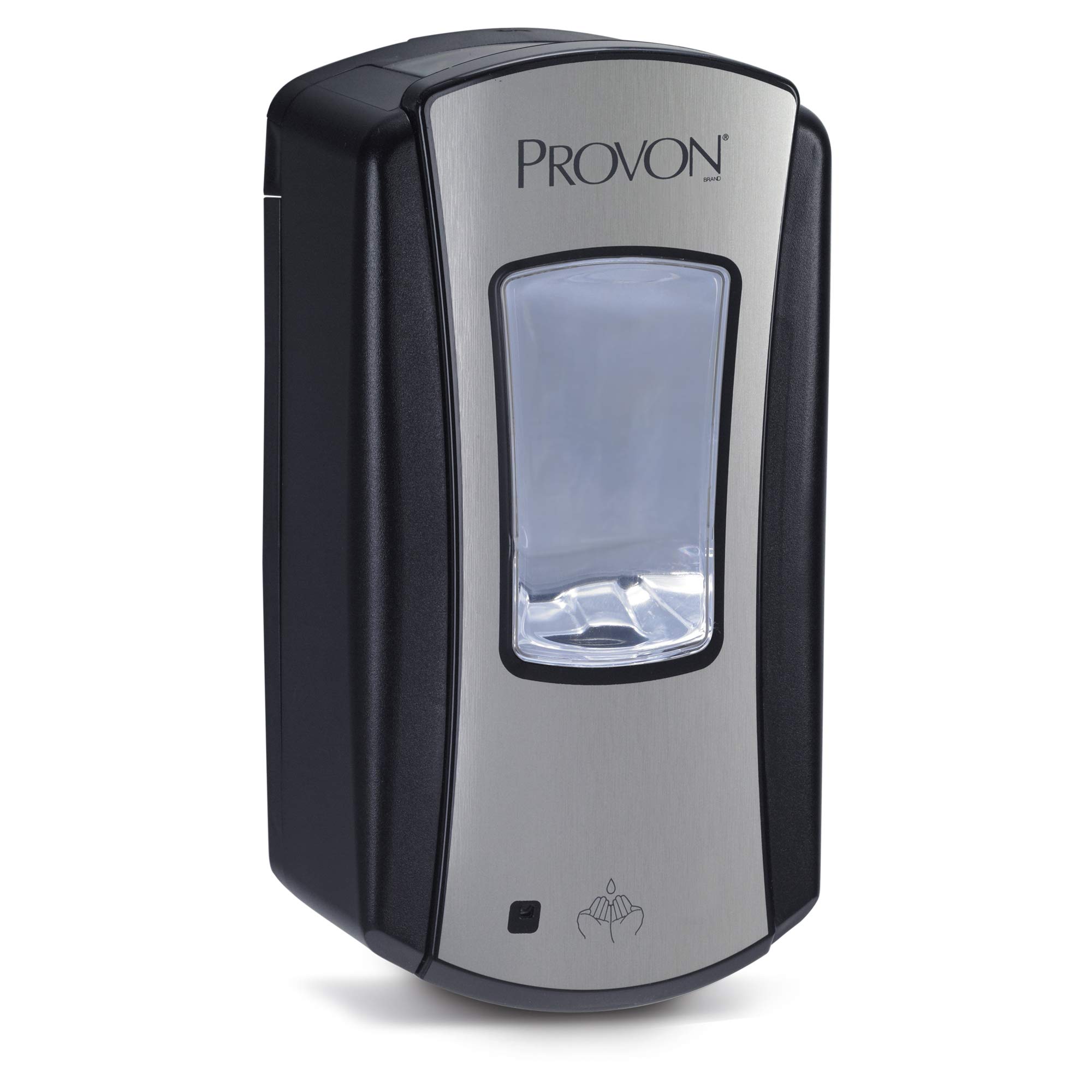
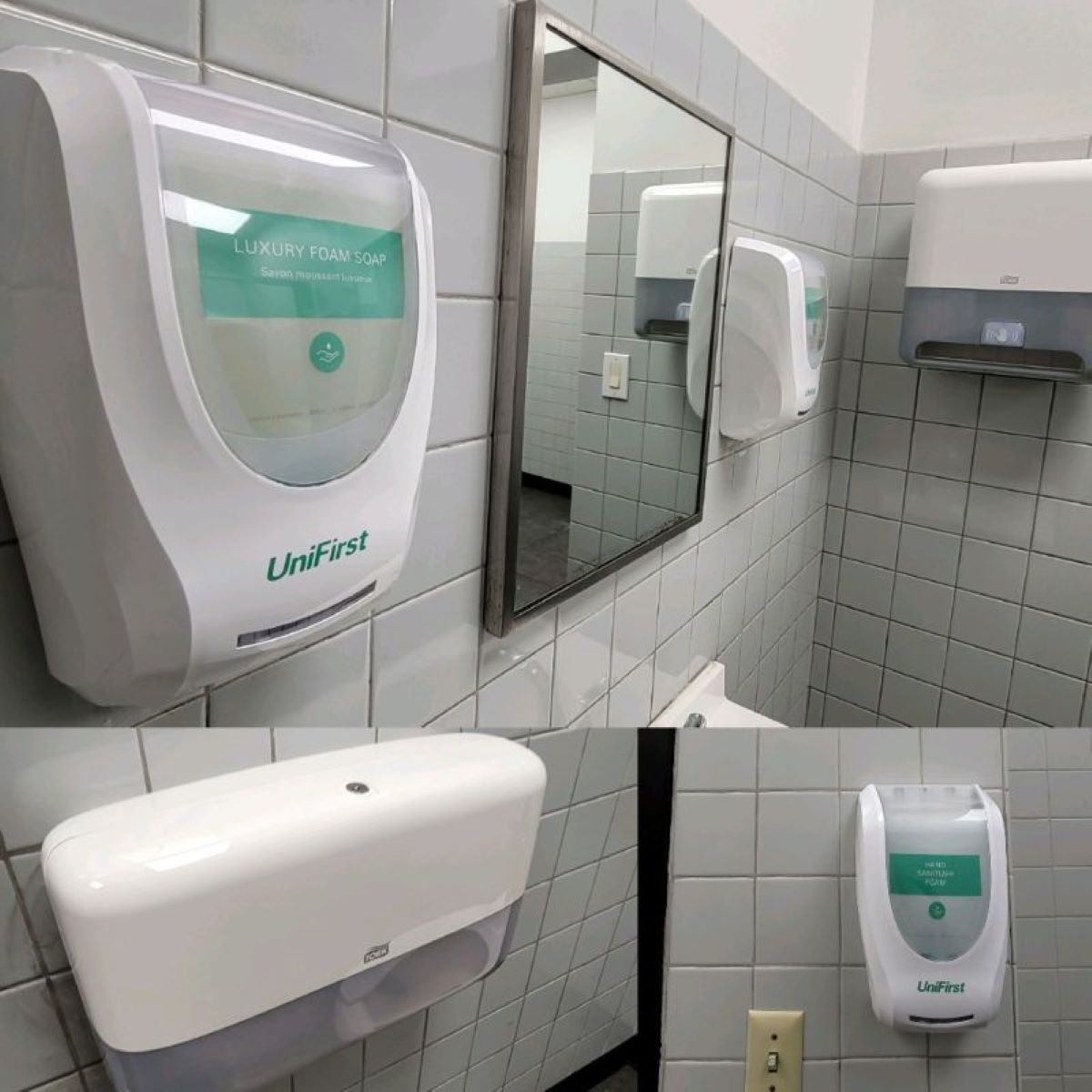
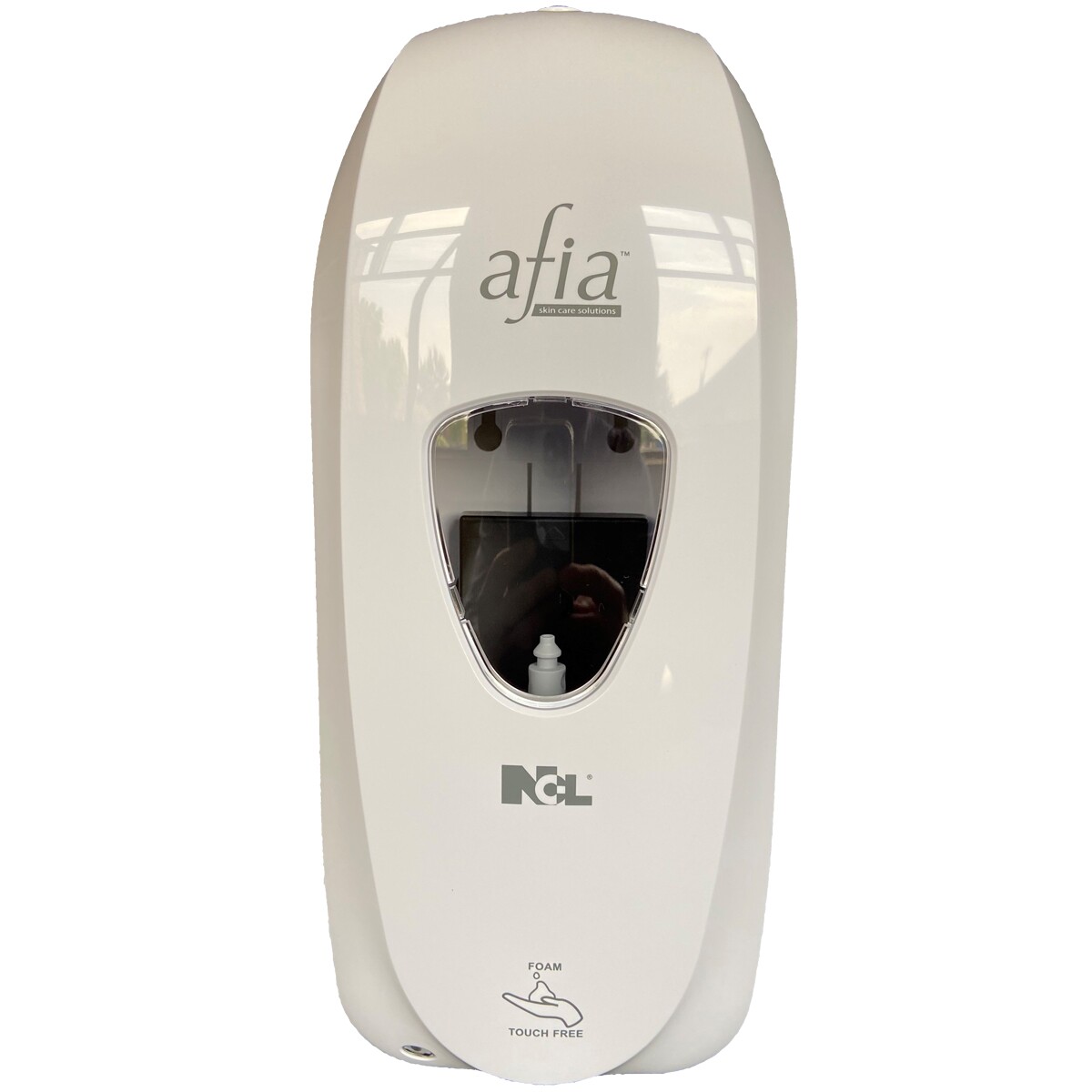
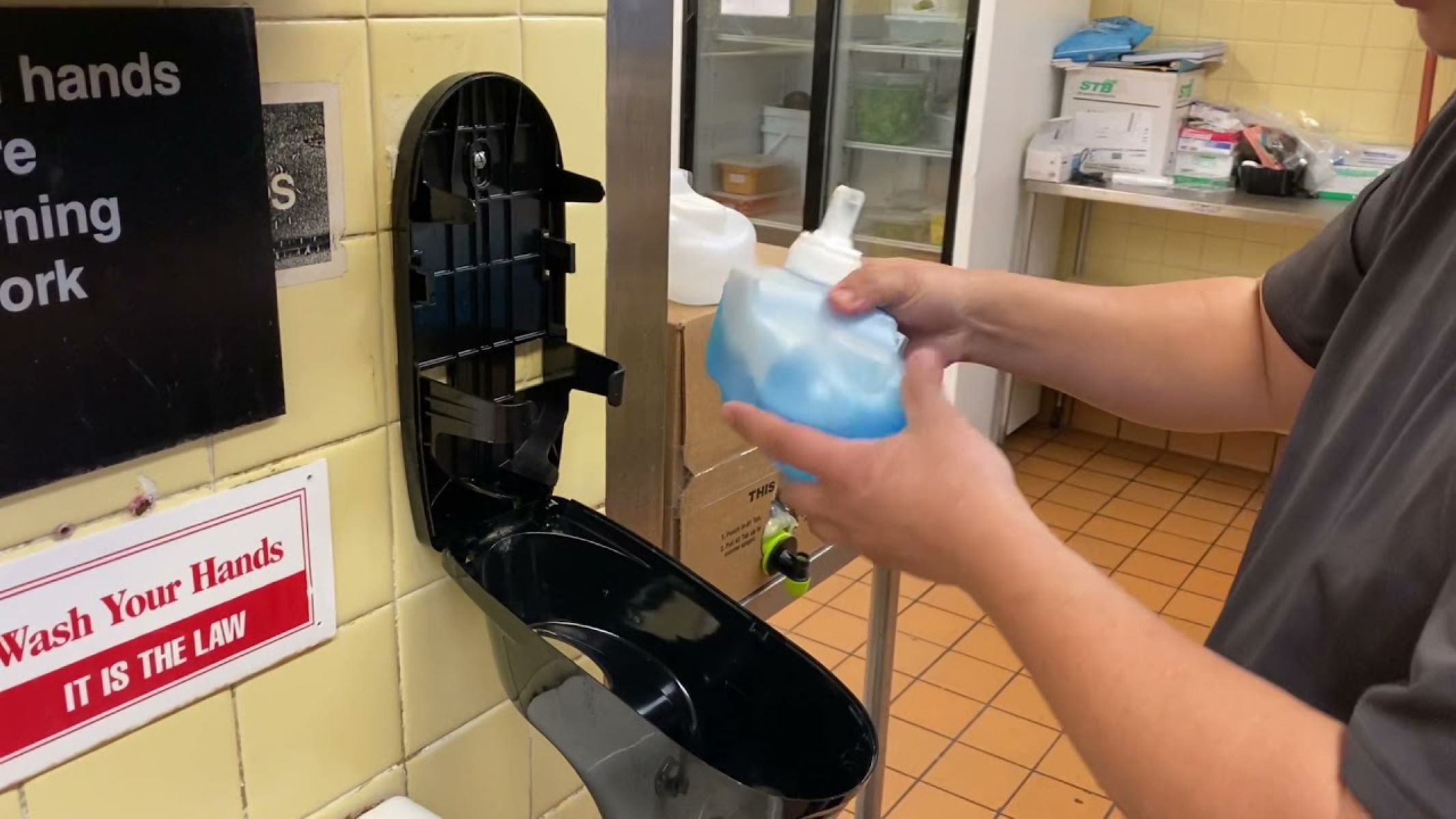
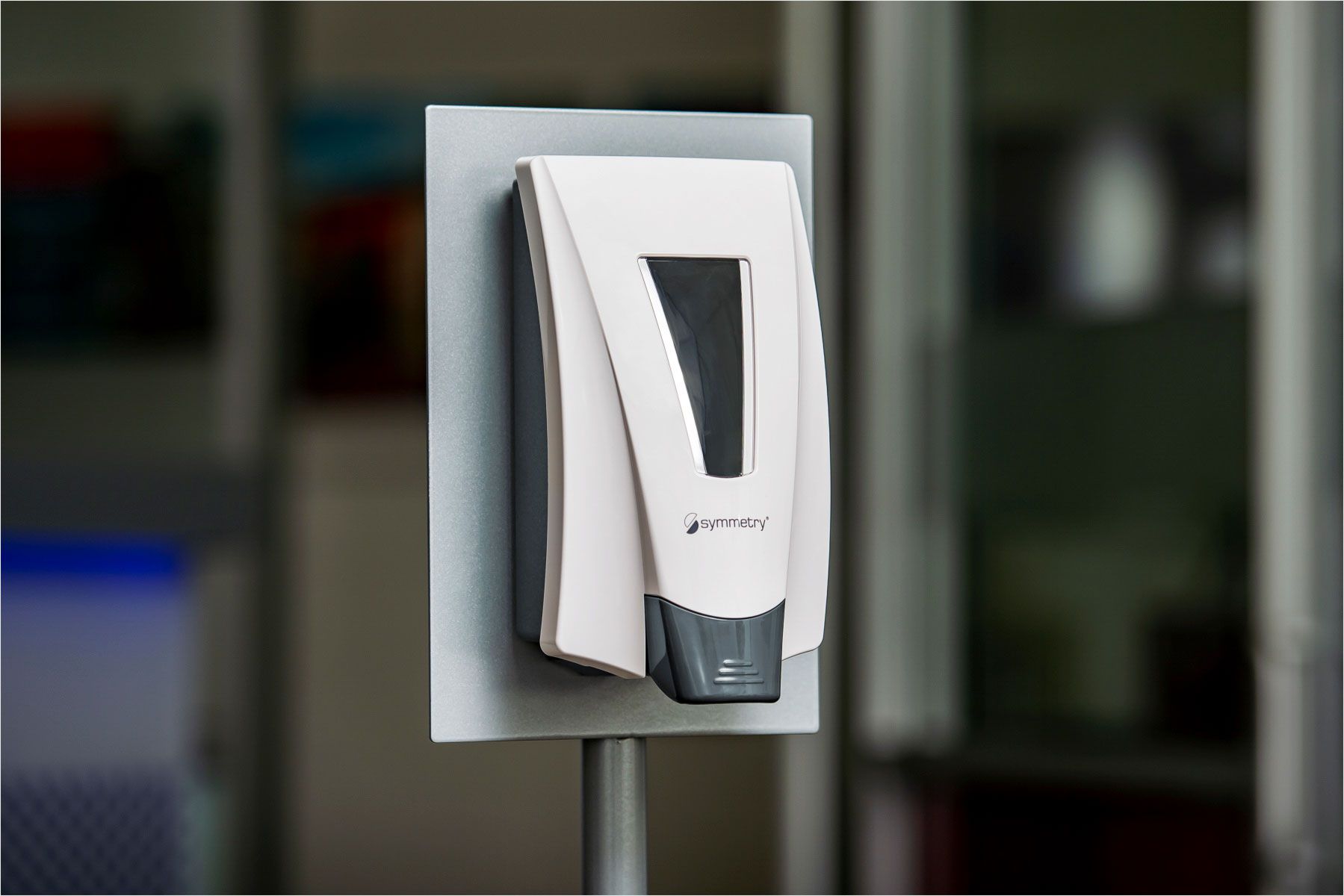
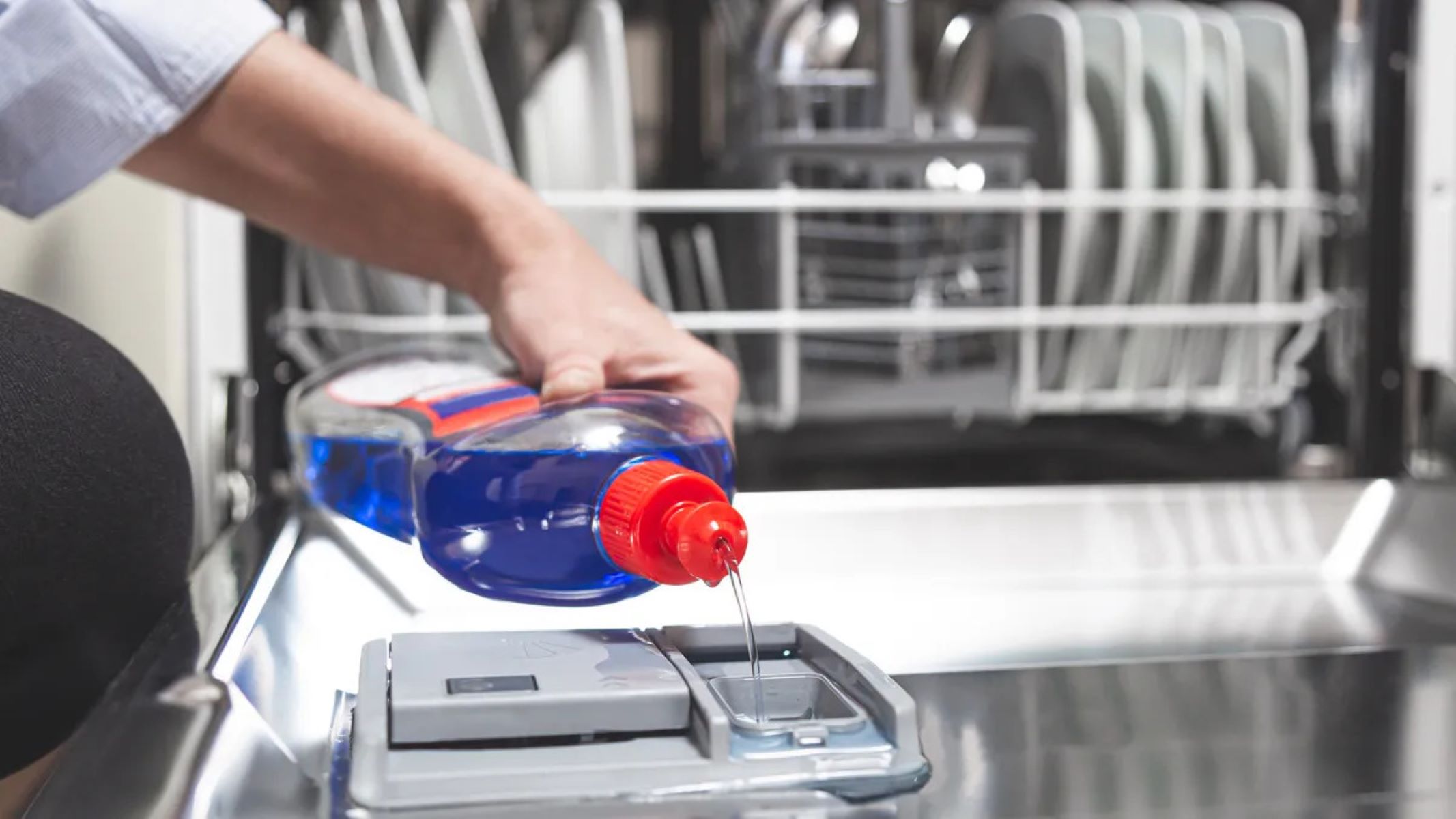
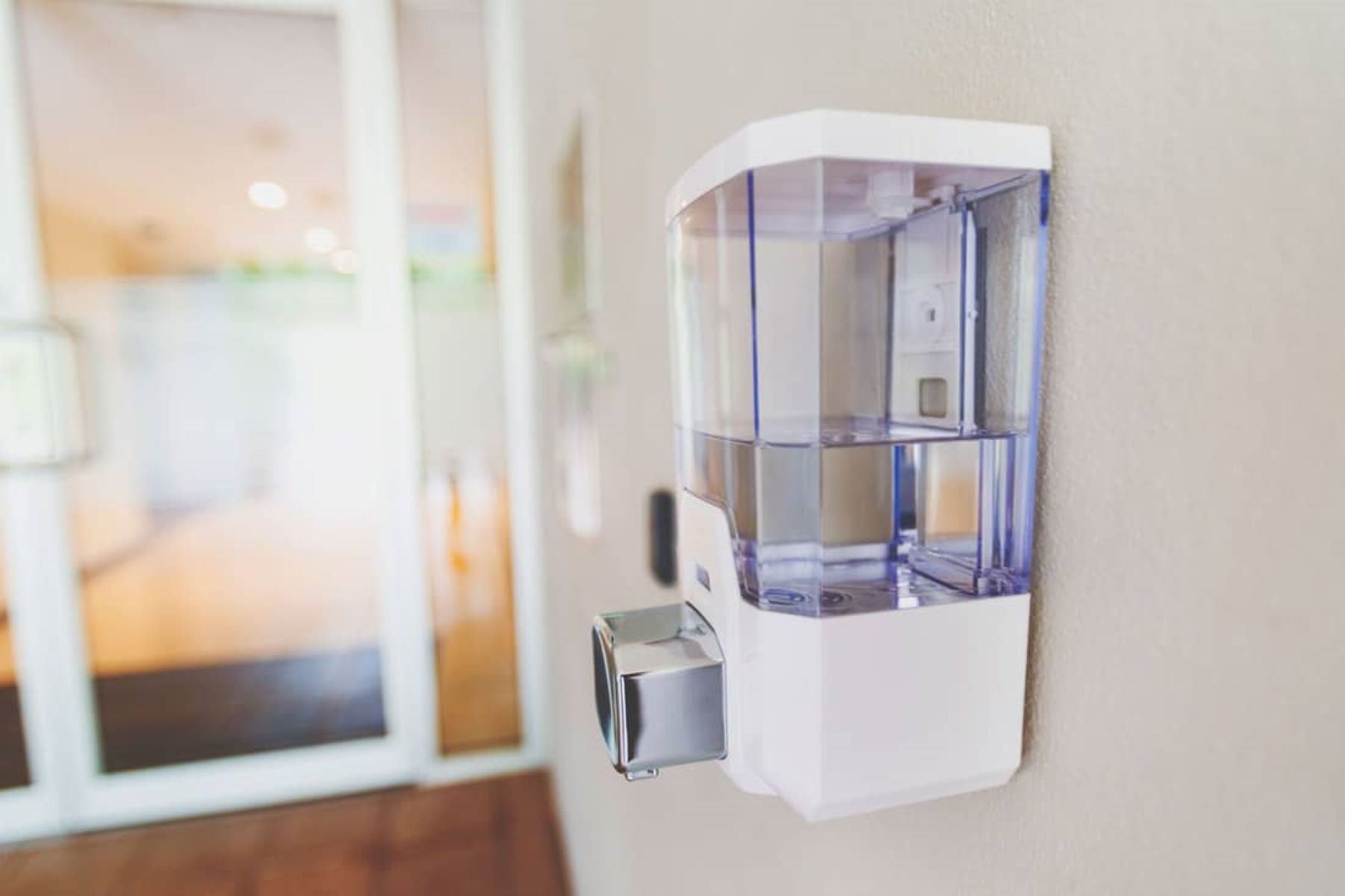
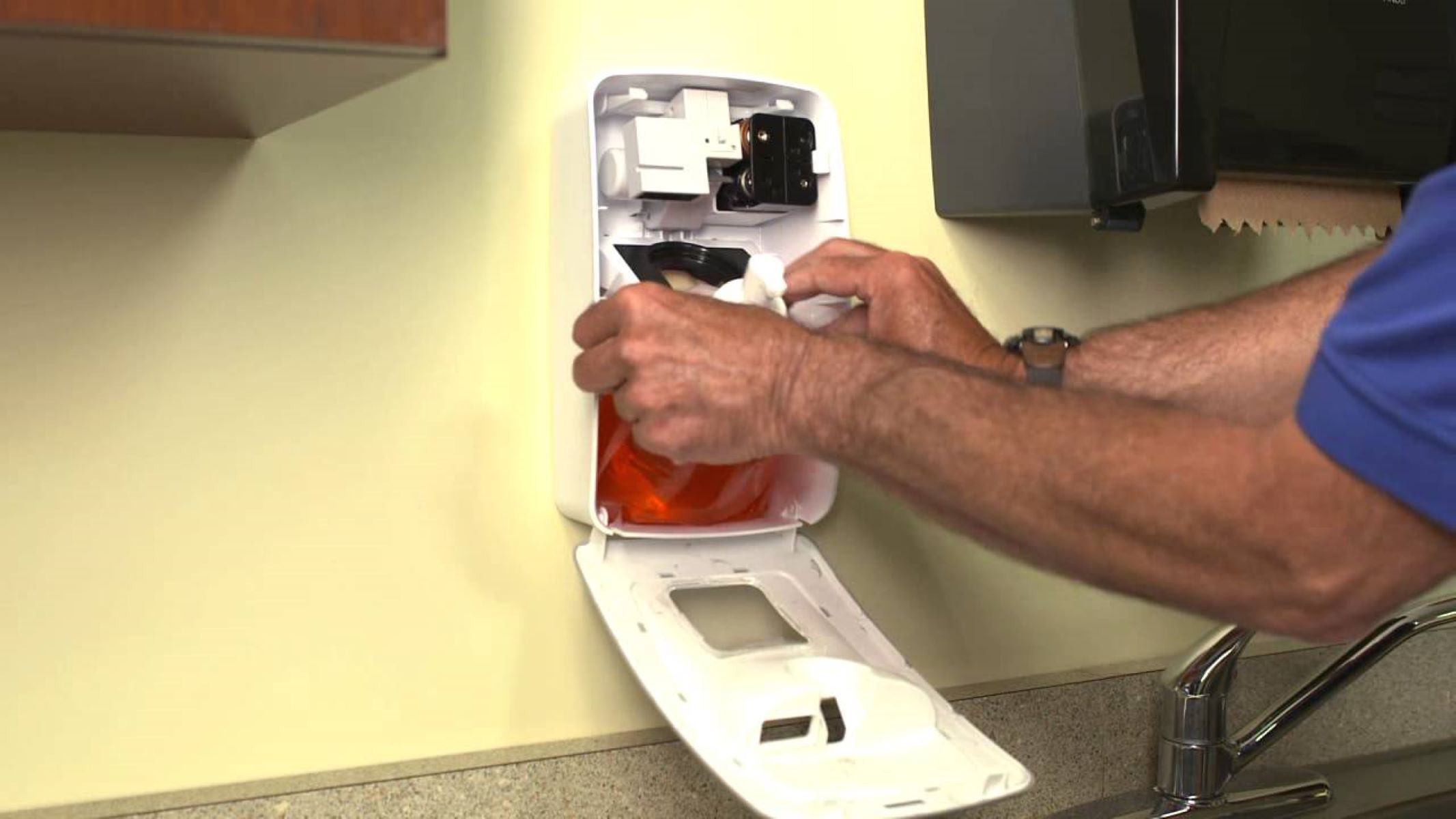
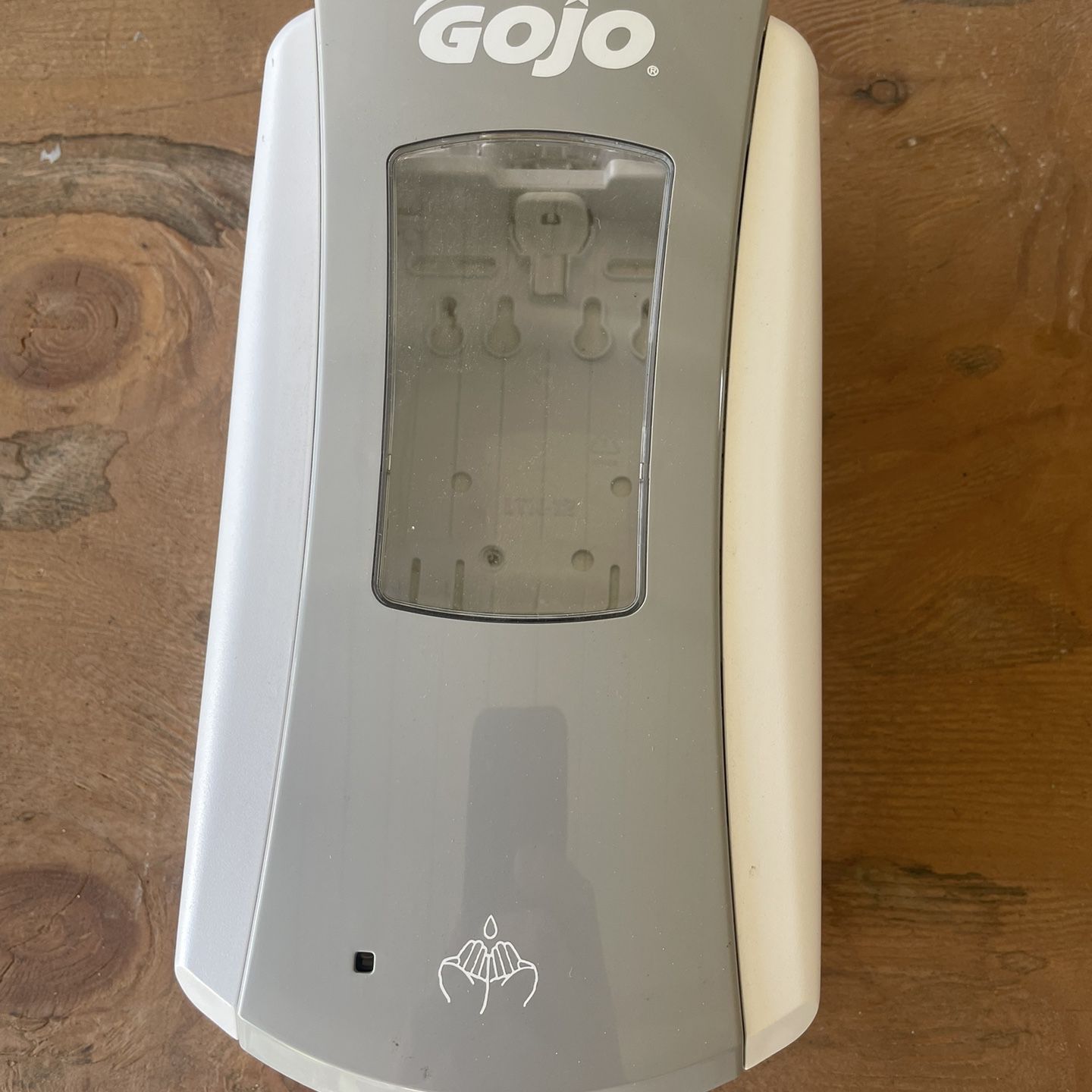
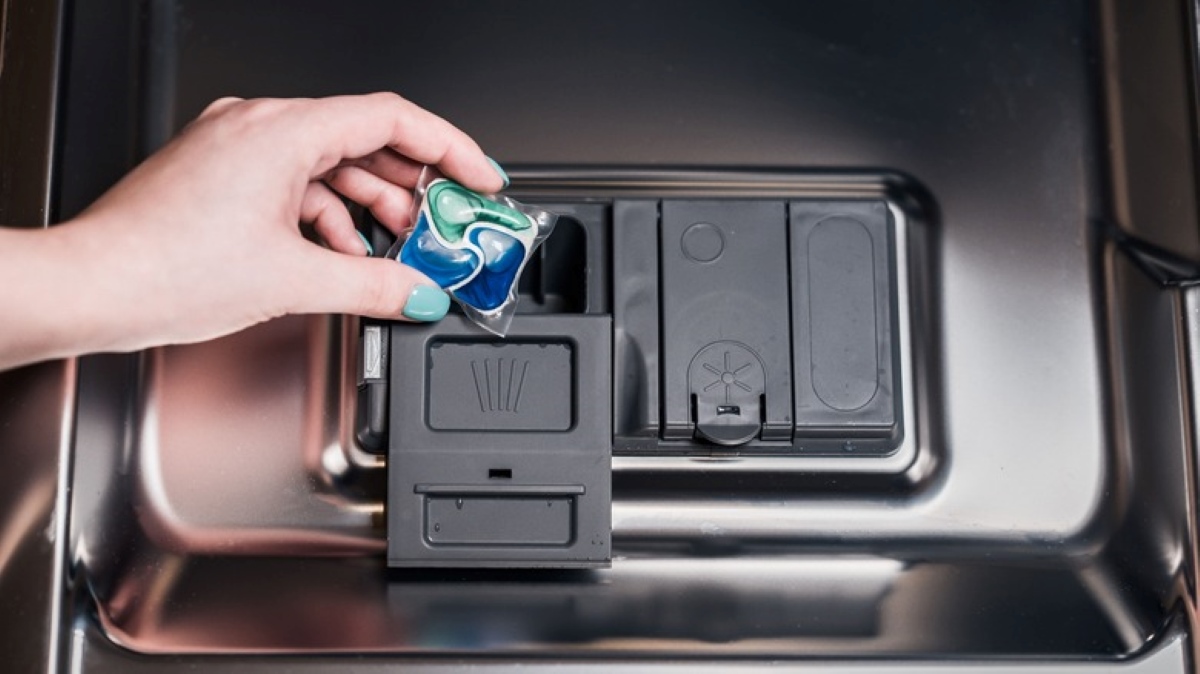
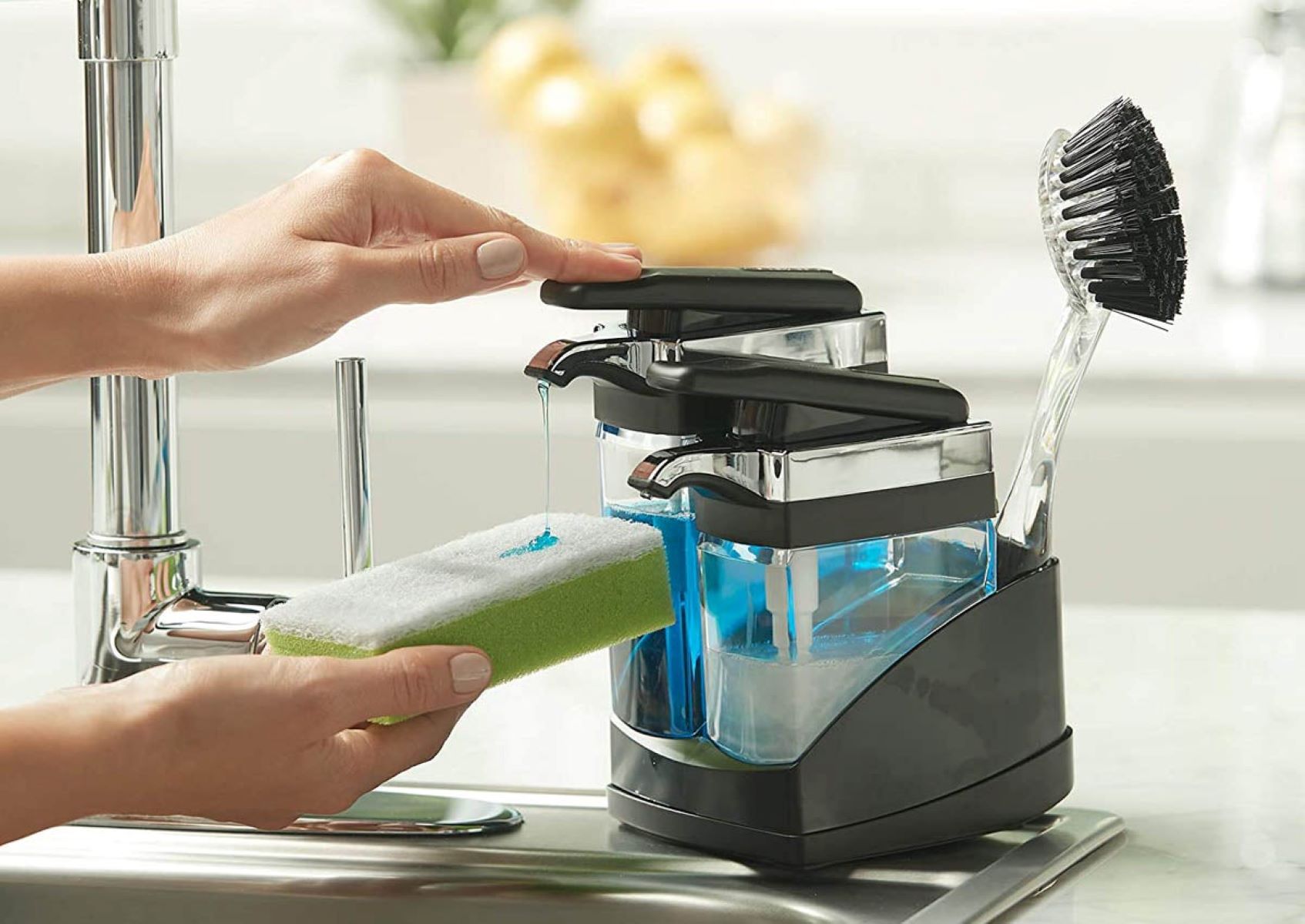
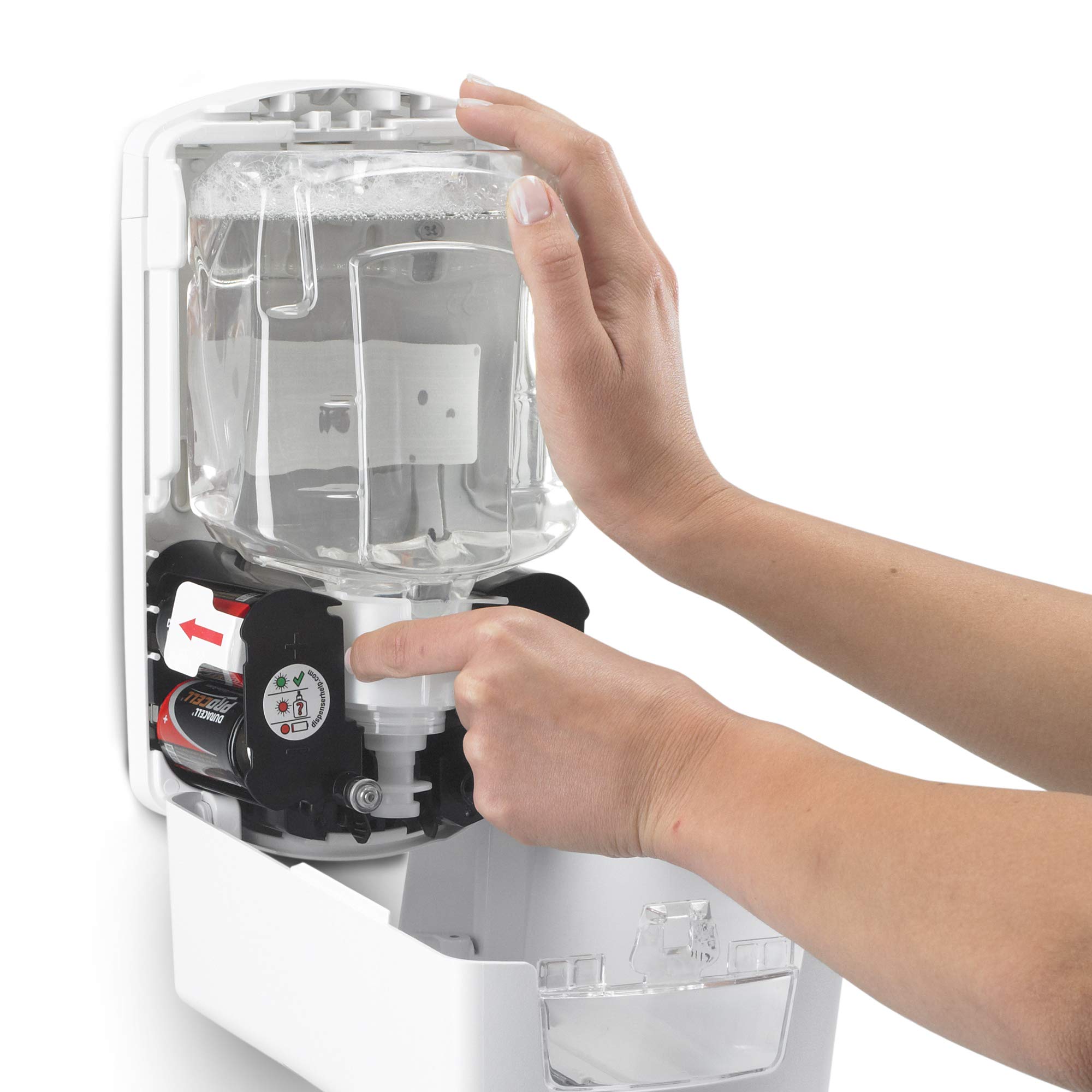

0 thoughts on “Why Is My Dishwasher Soap Dispenser Not Opening”